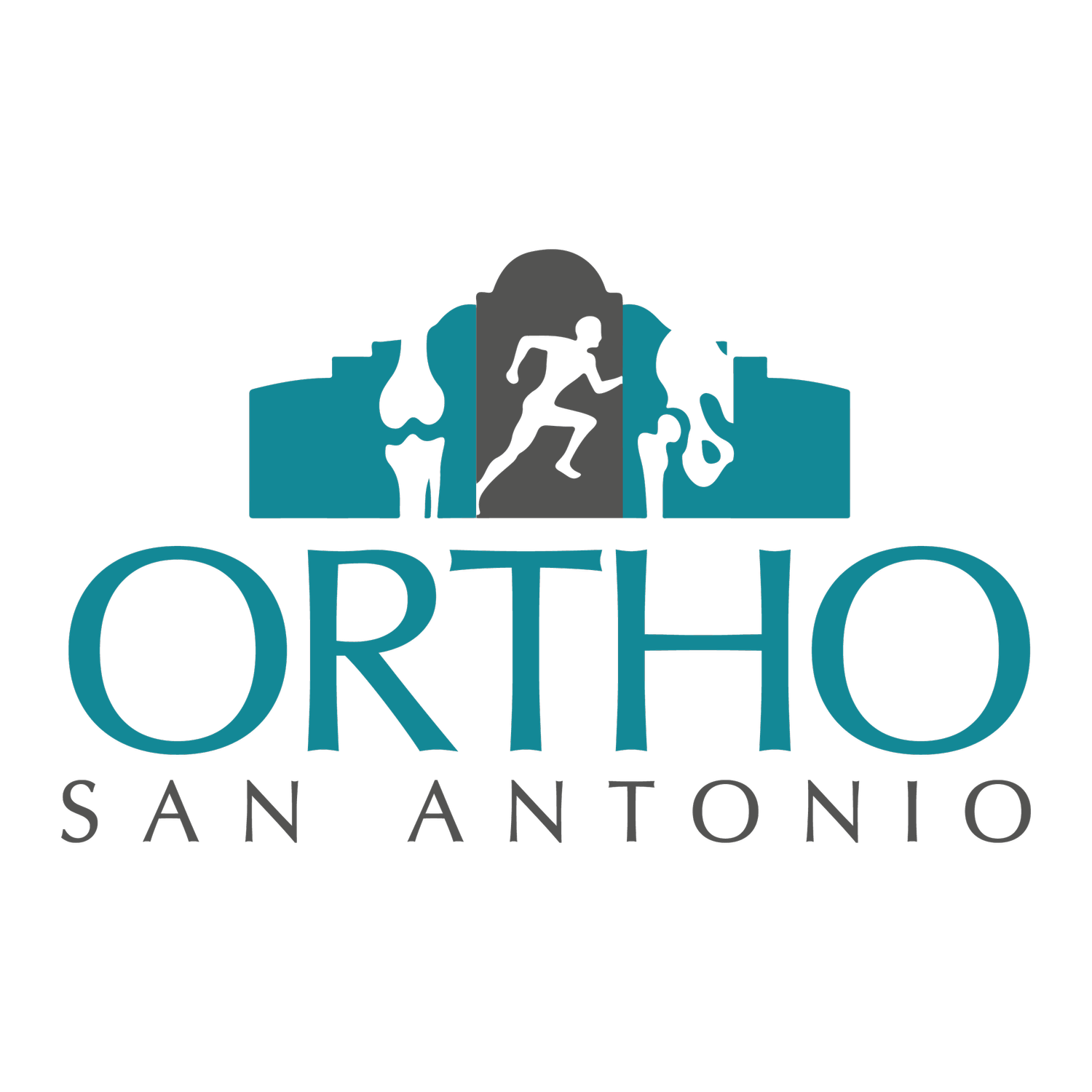
Total Elbow replacement in San Antonio
Total Elbow Replacement
Elbow Anatomy
The elbow is a joint located in the upper arm, and is composed of three bones: the humerus, radius, and ulna. The elbow allows for bending and straightening of the lower arm, as well as rotation of the forearm. Muscles that are responsible for movement at the elbow include the biceps brachii, triceps brachii, and brachioradialis. The elbow is stabilized by several ligaments including the ulnar collateral ligament, radial collateral ligament, annular ligament, and lateral and medial epicondyles.
What is Osteoarthritis?
This occurs when the cushioning cartilage between bones in the elbow joint wears away due to age or injury, allowing the bones to rub together and causing inflammation.
What is a Total elbow Replacement?
Total elbow replacement surgery is performed to relieve these symptoms. In this surgery, the damaged articulating parts of the elbow joint are removed and replaced with artificial prostheses.
What are the Indications for Total elbow Replacement?
Total elbow joint replacement surgery is indicated for conditions such as osteoarthritis or rheumatoid arthritis when medication, injections, physical therapy, and activity changes do not help relieve pain. Your doctor recommends surgery when you have the following symptoms:
Severe elbow pain that restricts daily activities
Moderate to severe pain during rest
Weakness and/or loss of motion
Preparation for Total Elbow Replacement
To decide whether total elbow replacement is a good option for you, your surgeon will evaluate your condition thoroughly.
Your surgeon reviews your medical history and performs a physical examination of your elbow to assess the extent of mobility and pain. Imaging tests such as X-ray or MRI (magnetic resonance imaging) are ordered.
Total Elbow Replacement Procedure
The surgery is done under regional or general anesthesia. An incision is made in the front of the arm of the affected elbow and the underlying muscles are separated to expose the elbow joint. The surgery may be performed as open surgery, where a large incision is made, or minimally invasive, where small incisions are made to insert an arthroscope (a thin tube with a camera and light source) and surgical tools.
Postoperative Care for Total Elbow Replacement
After the surgery, pain medications and antibiotics are prescribed to control pain and prevent infection. Your arm may be secured in a sling or cast. The rehabilitation program includes physical therapy, which is started soon after the surgery and is very important to strengthen and provide mobility to the elbow. You may be able to perform gentle daily activities two to six weeks after surgery.
Risks and Complications of Total Elbow Replacement
As with any major surgery, there may be potential risks involved:
Anesthetic complications such as nausea, dizziness and vomiting
Infection of the wound
Dislocation, requiring repeat surgery
Damage to blood vessels, nerves or muscles
Failure to relieve pain
Pulmonary embolism
Wear and tear of prosthesis
Our Locations
-

Alamo Heights
Address: 423 Treeline Park, Suite 350, San Antonio, TX 78209
-

Westover Hills
Address: 11212 State Highway 151, Medical Plaza 1, 2nd Floor, Suite 200, San Antonio, TX 78251
-

Medical Center
ADDRESS: 2833 Babcock Rd, Tower 2, Suite 435, San Antonio, TX 78229
-

Boerne
ADDRESS: 138 Old San Antonio Rd, Suite 302, Boerne, TX 78006
-

Southside
8726 Poteet Jourdanton Fwy Acc Rd, San Antonio, TX 78224
-

Castroville
-

Schertz
Address: 6051 FM 3009, Suite 260, Schertz, TX 78154

